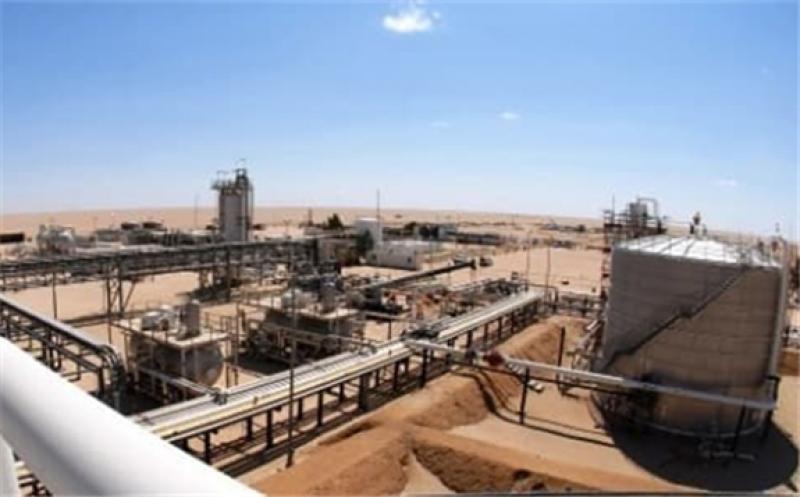The governor of the Libyan central bank has called for the increase of oil production to 1.7 million bpd as soon as possible as the country’s economy continues to struggle amid a seemingly never-ending civil war.

“We need to raise the production to 1.7 million barrels per day to cover the country’s spending,” Sadiq Al-Kabir said, adding that production outages since 2013 had resulted in losses of some $180 billion.
A lot of these losses were incurred since the start of this year, when the eastern government-affiliated LNA and associated groups blockaded Libya’s oil export terminals as the LNA tried to wrest control of the country from the Government of National Accord, which is the one recognized by the United Nations.
The blockade was only lifted last month, from three terminals, and the National Oil Corporation immediately began raising oil production at the fields that feed oil into these three terminals. From less than 100,000 bpd in early September, oil production has now reached 300,000 bpd.
Exports, as a result, are also on the rise at the three terminals that eastern-affiliated forces have allowed to reopen last month. The Brega terminal is likely to see some 1.8 million barrels exported this month, divided into three cargos, while the Hariga terminal has already loaded two cargos of one million barrels each, Bloomberg reported, citing a cargo loading program. The third free terminal, Zueitina, is scheduled to export five cargoes of crude this month.
Yet the situation remains fraught with uncertainty, with the risk of another blockade always present in the context of continued disagreements between different factions on who should rule the country and control its oil wealth. What’s more, Libya’s largest oil field, El Sharara is still offline and without it, NOC will be hard pressed to lift production to anything near the central bank governor’s target of 1.7 million bpd. Before the blockade, Libya was pumping some 1.2 million bpd, including from 200,000-bpd El Sharara.